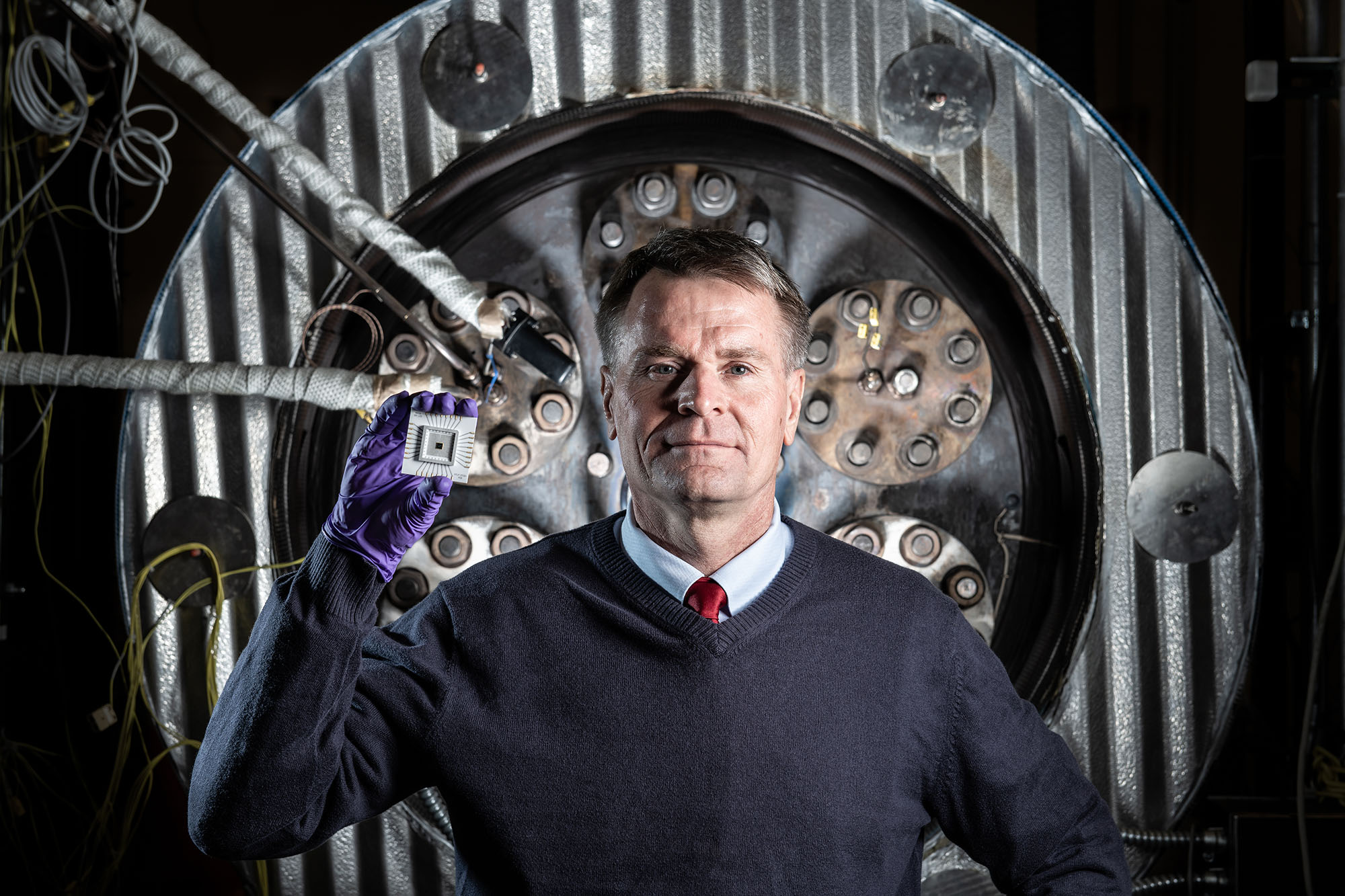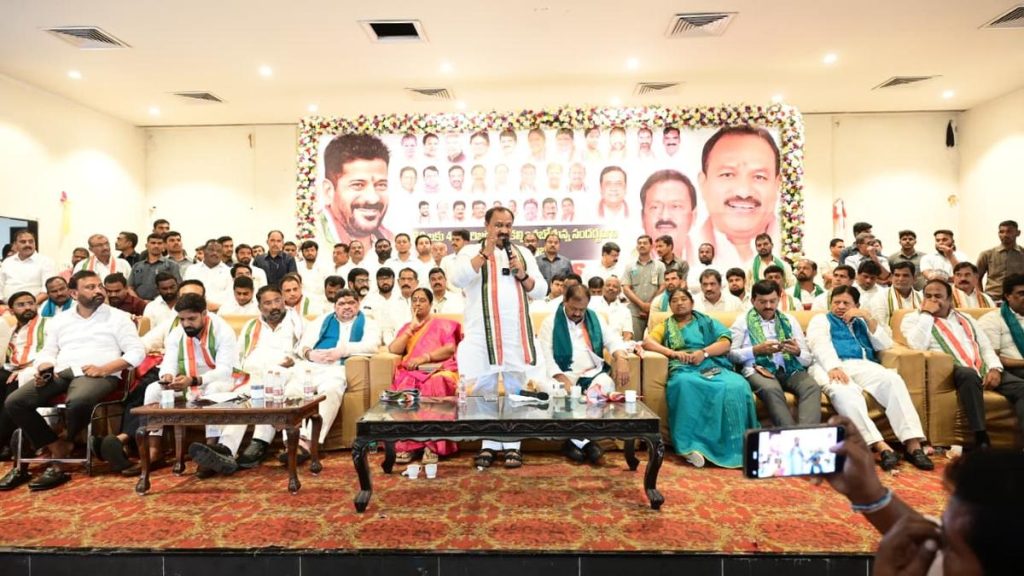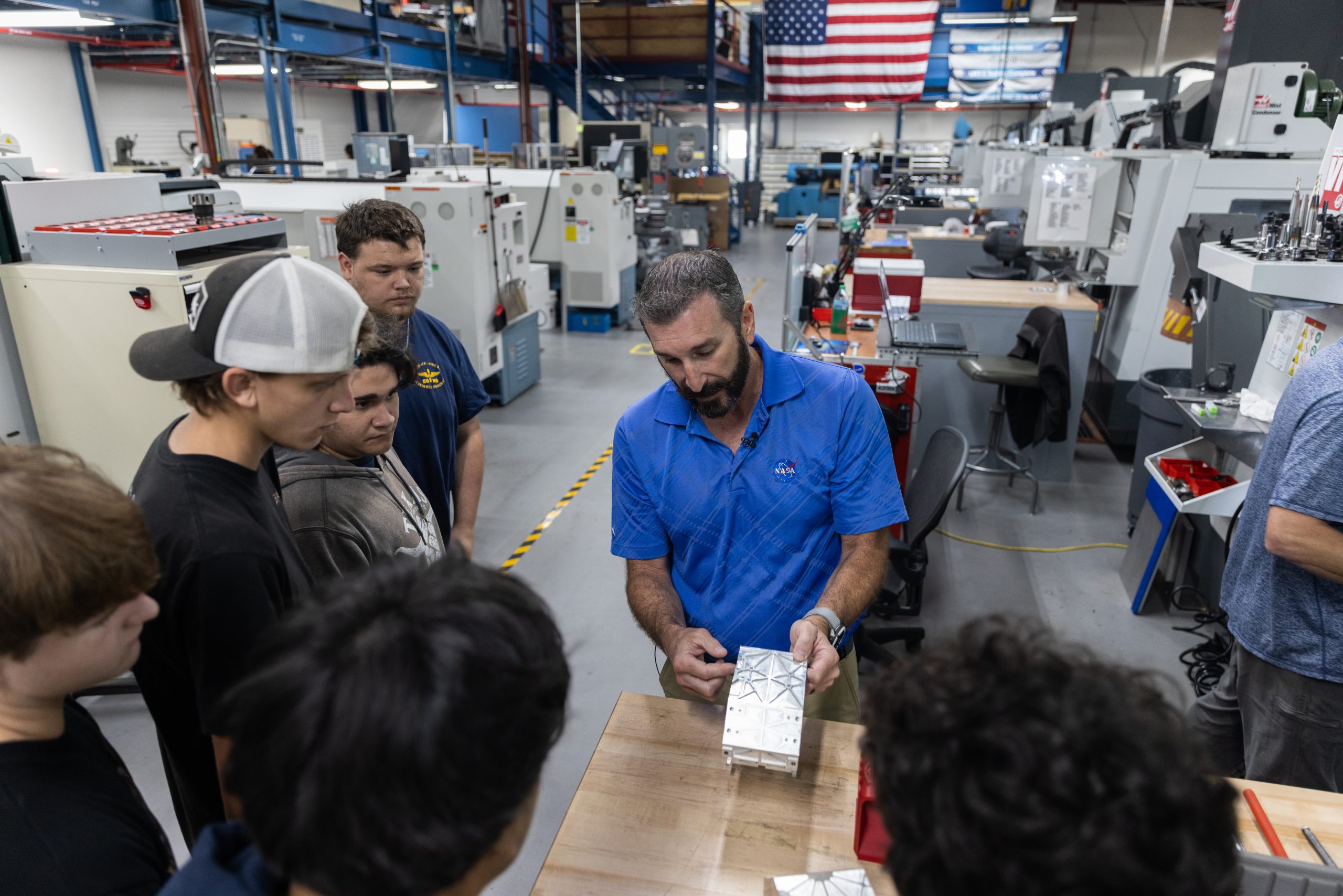Now Reading: Four NASA Innovators Transforming Lives on Earth and in Space
-
01
Four NASA Innovators Transforming Lives on Earth and in Space
Four NASA Innovators Transforming Lives on Earth and in Space

Quick Summary
- NASA Inventors Hall of fame Inductees: Four inventors were inducted into the 2024-2025 NASA Inventors Hall of Fame for their groundbreaking contributions to space technology with applications on Earth.
- Myron (Ron) Diftler: Led the progress of Robonaut 2, the frist humanoid robot in space. The robot’s technology also led to a grip-strengthening robotic glove for use in industries.
- Philip Neudeck: Developed tough silicon carbide integrated circuits that survived simulated Venus-like conditions for over 60 days; their Earth applications include improving dialog systems, making oil drilling safer, and enabling practical electric vehicles.
- gary Hunter: Helped create advanced hydrogen sensors considered for Titan mission while together contributing to industry applications here on Earth.
- erik Weiser: Advanced materials researcher with expertise in polymers, foams, ceramics, and more; contributed during Space Shuttle accident investigations and oversees NASA facilities today.
- The innovators’ work spans space exploration and industrial solutions globally.
Indian Opinion Analysis
NASA’s recognition of inventors blending space research with terrestrial applications highlights how advanced scientific inquiry can have broad societal benefits. Technologies like silicon carbide chips and hydrogen sensors not only promise breakthroughs in planetary exploration but simultaneously offer improvements to critical industries such as renewable energy and manufacturing on Earth-areas where India is striving for innovation amid rapid industrial growth.For India, this news underscores a potential path forward-governmental investment in high-risk research initiatives paired with collaboration across public-private sectors could yield robust technological solutions applicable across domains such as clean energy or smart infrastructure development. As climate resilience becomes increasingly imperative globally-and given India’s ambitious missions like Chandrayaan-it serves as a reminder that innovations targeting extreme planetary environments might ultimately benefit daily life advancements at home too.
























